Fighting games have been going through a development revolution over the last several years, and Capcom spent extra time in the kitchen to make sure Street Fighter 6 was ready to be the hit that brings those changes to the casual market too. Those added years in the oven really let the developers modernize the Street Fighter formula—even if some parts of the dish could have used a bit more spice.
From the moment you boot up SF6, you feel it oozing with a style that many fans would agree Street Fighter V was lacking until its later updates. I spent roughly 40 hours with the game while preparing this review, split between World Tour, Fighting Ground, and Battle Hub. Each mode offers plenty to do, whether you want to tackle Street Fighter’s first attempt at open storytelling or focus entirely on bettering yourself through competition.
A new approach to the World Warriors’ Story
Most players, especially more casual ones, will likely be booking their flight for the World Tour as soon as they pick up Street Fighter 6. After clearing it, I can say it’s definitely worth your time if you like fighting games or Street Fighter lore.
While this mode does have hints of older Street Fighter simplicity, it’s a solid evolution that brings the series a long way from the linear arcade approach and will reward players who spend time really digging into the world.
The story has a very simple theme, dropping you—and your potential abomination of a custom fighter—into Metro City to find the answer to the question: “What is Strength?” Even with all of the missteps I feel the game takes along its fairly long journey, it sticks to that theme until the very dramatic conclusion.
In my mind, World Tour feels like Capcom trying to capture a similar street-level storytelling and worldbuilding that the Yakuza series has mastered over the years. I can almost draw a direct line between SF6 and Yakuza 0, but it doesn’t feel as polished in how the street combat or side missions are implemented.
Metro City is very open, and you can basically travel to every part of the map from the start—barring portions locked to story progression. Unfortunately, only this and one other location you can travel to later actually hit that “open world” energy the game is looking for.
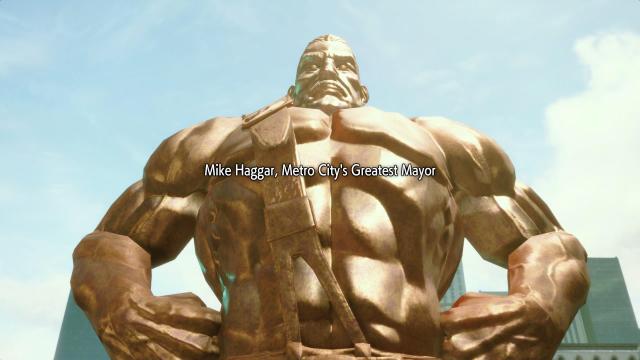
Throughout your time on the streets, you get tickets to fly around the world, which is how you meet the majority of the Masters you train under. Almost every “city” you visit is a single screen with a few NPCs and one Master. You do get introduced to them through awesome cutscenes before getting to use your moves in your completely customizable moveset, but calling these places cities feels like a stretch.
Getting to use moves from all of SF6’s fighters, along with their base styles for movement and unique attacks, is fun and provides a unique challenge not found in other areas of the game. I spent a lot of time practicing with various builds to make sure my combos carried into Super Arts seamlessly, and the restrictions are laid out very well in the menus.
But if you want to train with a specific Master, you can expect it to be a real grind. By the time I finished my World Tour, I had only maxed out two Masters at level 20, which is the only way to unlock Level Three Supers. And, just like with missions, you also need to travel and talk to each Master at their set location if you want to continue your training.

Something as simple as expanding the messaging feature in the game to allow for easy Master and mission progression would have really helped the pacing, but you get used to the slog pretty quickly since it also applies to having to change between Day and Night at set locations too. It just feels dated to backtrack so much.
On the topic of pacing, level advantages only mean so much when you end up fighting enemies in World Tour. Toward the end of the game, I was nearly eight levels higher than some random NPCs and still found myself getting hit with a single combo that would take away more than half of my health.
You will really need to keep an eye on your skill upgrades and make sure to enhance your gear if you want to avoid some item spamming in the final hours of your playthrough.
Despite levels meaning next to nothing, combat feels clean and fun throughout the entire journey. I spent hours fighting mooks or pedestrians to grind Master experience and complete side missions, and I never got tired of it. Thankfully, almost everyone is down to throwdown.
The only time that changed is whenever I was fighting a robotic opponent. Sure, fighting a fridge seems funny, but I never had a good time when a cleaner, drone, or fridge was my opponent since you basically just have to spam one move and hope you don’t get cheesed. Not a great look, though you can avoid most of these fights.
To round this out with the story itself, the message and approach to telling the tale of a fighter finding their meaning of strength are well done. It just feels like Capcom had a few too many ideas and not enough time to implement them, specifically when it comes to characters. A shame given the time it had.

You are supposed to feel attached to characters like Bosch and Luke, but you really only get a handful of cutscenes with them before the end of the game. That number is slashed for every other fighter too. You only get two for Ryu, Ken, and everyone else—meaning you learn very little about them unless you are willing to spend time in the Arcade mode.
You can see what Capcom was gunning for, but it feels like the developers didn’t go far enough into involving the other fighters, which could disappoint players who were hyped up about the game’s “Your Story” trailer and the build-up for interactions that feel sidelined.
I really liked World Tour overall, but by the time credits rolled, I found myself wishing that it was more willing to cut the filler and focus on letting you grow toward “strength” with all of the customization and a fleshed-out cast.
Capcom turns the streets into an online party
If you played any of the betas, you know that the Battle Hub is an incredible step up for Street Fighter in terms of online play. With the option to join centralized hubs with dozens of other players, spend time goofing around on arcade cabinets, and train between games, the netcode is just one of several improvements that will keep players coming back to SF6 for years to come.
Unfortunately, I was playing my early copy of SF6 with an injured index finger—that I got from playing too much Zelda: Tears of the Kingdom—which limited my ability to run sets on the days the Battle Hub was online pre-launch. But what I did get to experience was buttery smooth and ran even better than the beta versions.

I did spend an extended amount of time in Custom Rooms with other people that had early copies, taking time to experiment with the various characters and control schemes since I mostly used Modern Controls during my World Tour run. Yes, some of us prefer them.
Throughout my multiple sessions, which were both around two hours long in Custom Rooms, I experienced no issues and everything from rematching to jumping into the training room while waiting for my friends was basically instant. Less waiting between matches is always a plus, and the various easy-to-navigate menus for customization options are a huge quality-of-life feature.
All of this paired with Capcom launching a Fighting Pass that will give players free and premium rewards for coming back to the game week after week is setting up SF6 for competitive success—without even taking into account the $2 million Capcom Cup prize pool.
All the little things really put the heart into battle
While I may have had some gripes about the pacing and backtracking in World Tour, I have no complaints about the core gameplay Street Fighter 6 proudly puts at the forefront of everything the game has to offer.
It took some time to get used to the Drive Gauge and all its functions, but it’s a welcome new dynamic that completely changes how players approach all aspects of Street Fighters’ gameplay. Pair it with the ability to use Classic, Modern, or Dynamic controls and you have all of the pieces for a game to fit any occasion.
I can easily see myself booting up SF6 during a party with local friends who don’t have a lot of experience with fighting games because the Dynamic Controls will let them throw around special moves without needing to know much about the game itself. And, thanks to the Moden Controls, I was able to reliably pull off combos against some players online, even while playing with a finger brace.
Related: World Warrior Burritos: Street Fighter 6 and Chipotle team up to give players free rewards
Arcade mode returns too, with fully voiced stories set to incredible art telling a unique tale for each character—ranging from a deeper look at what happened to Ken, to Zangief accidentally accepting a marriage proposal mistaken for a tag team request. There are plenty of little love letters to the franchise spread throughout these stories and other areas of the game that long-time fans will have a blast uncovering.


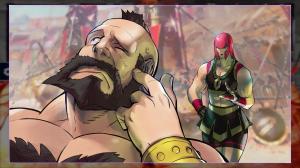

The only real thing I noticed and really felt was missing is the lack of unique character interactions when it comes to normal matches starting, which feels like an odd exclusion with how this game is all about the legacy of SF—though there are some lines during the Arcade mode fights that reference the story.
If you love Street Fighter, fighting games, or just a good time with flashy gameplay, Street Fighter 6 is definitely worth picking up even if you only scratch the surface of what the streets of Metro City have to offer. And with DLC already on the way, anyone who sticks with it can expect Capcom to keep things fresh for returning fighters.
I know I will be spending hundreds of hours playing with friends and strangers in the Battle Hub, sitting smack dab in Silver Rank, and having a blast.
Score: 9/10



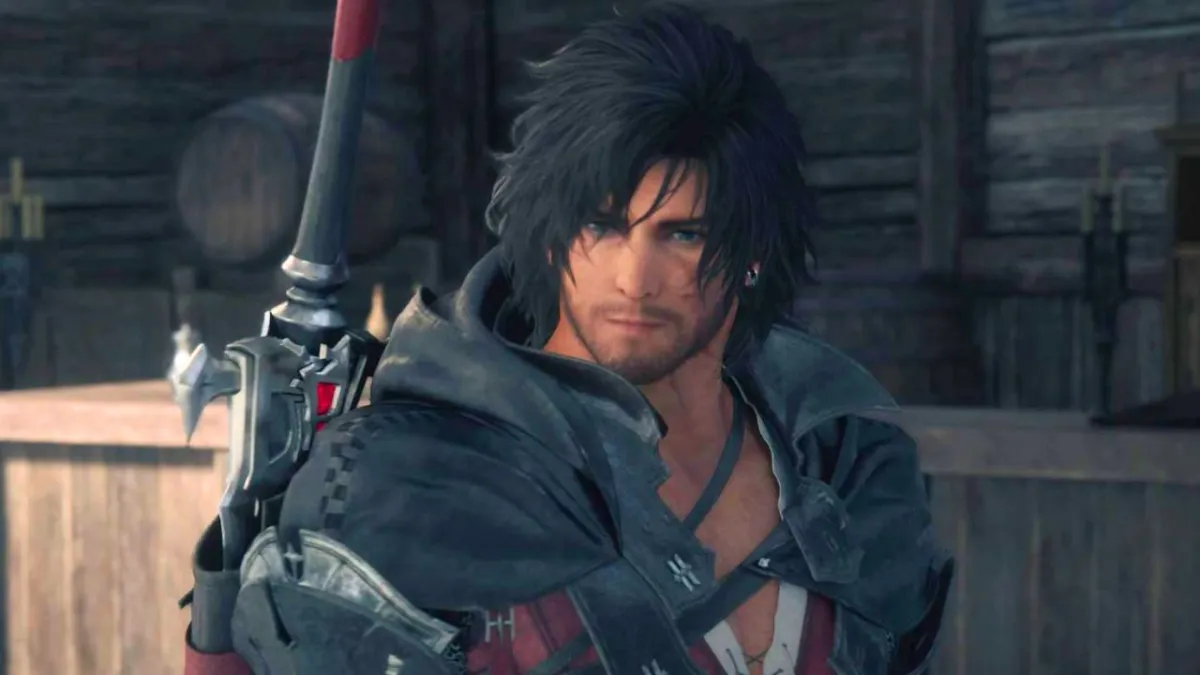
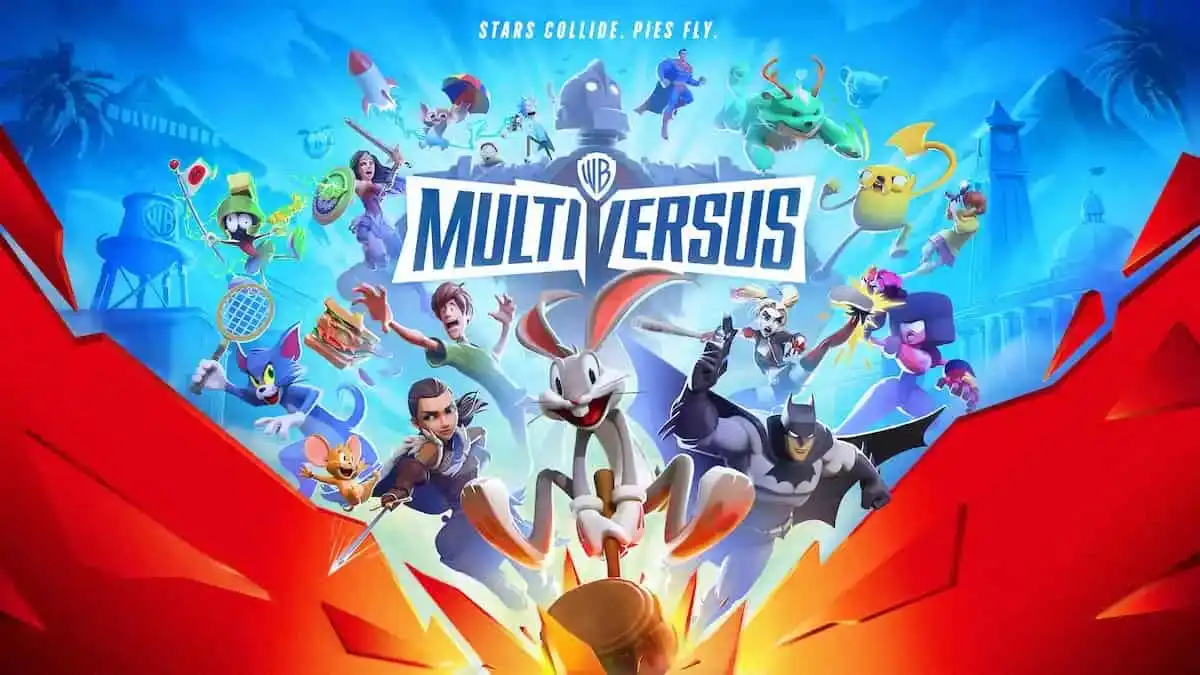
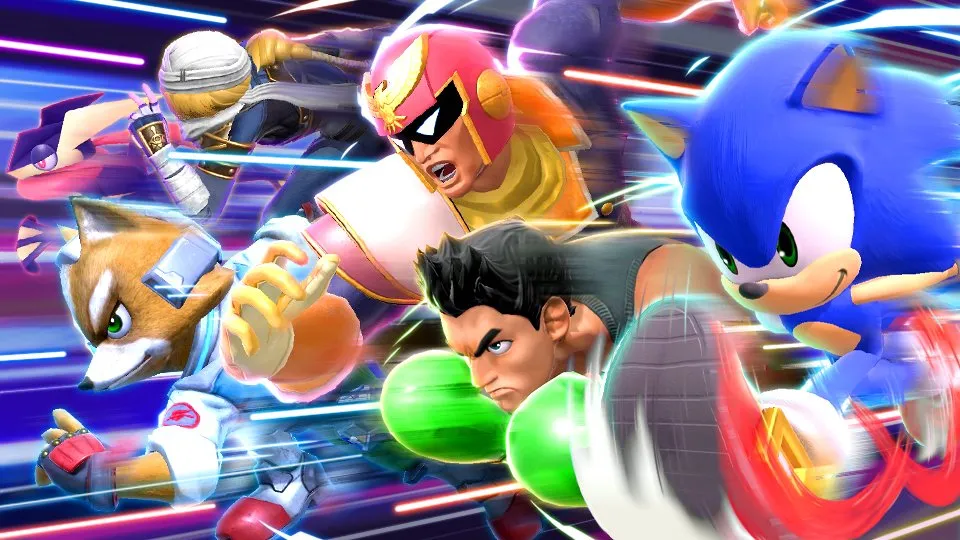

Published: May 30, 2023 05:21 am